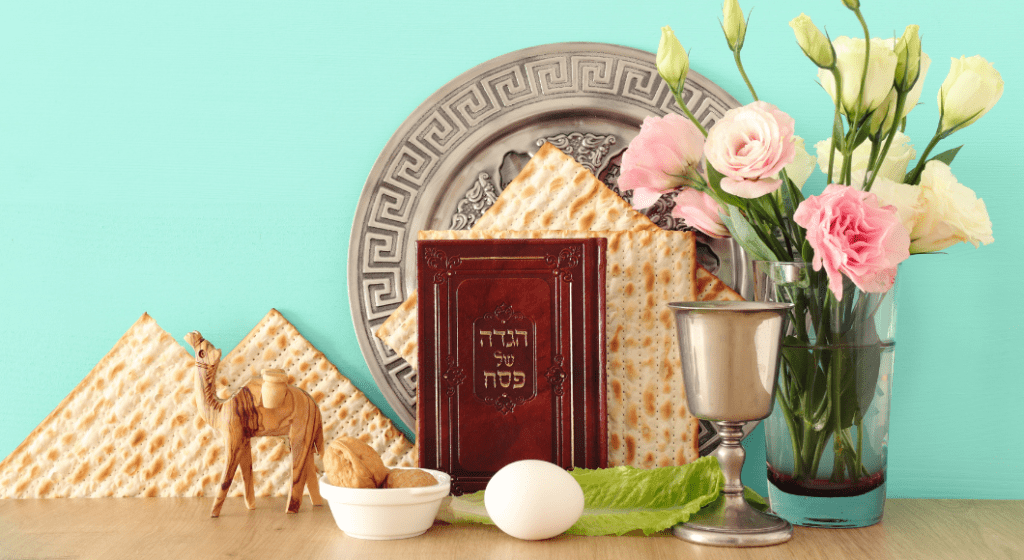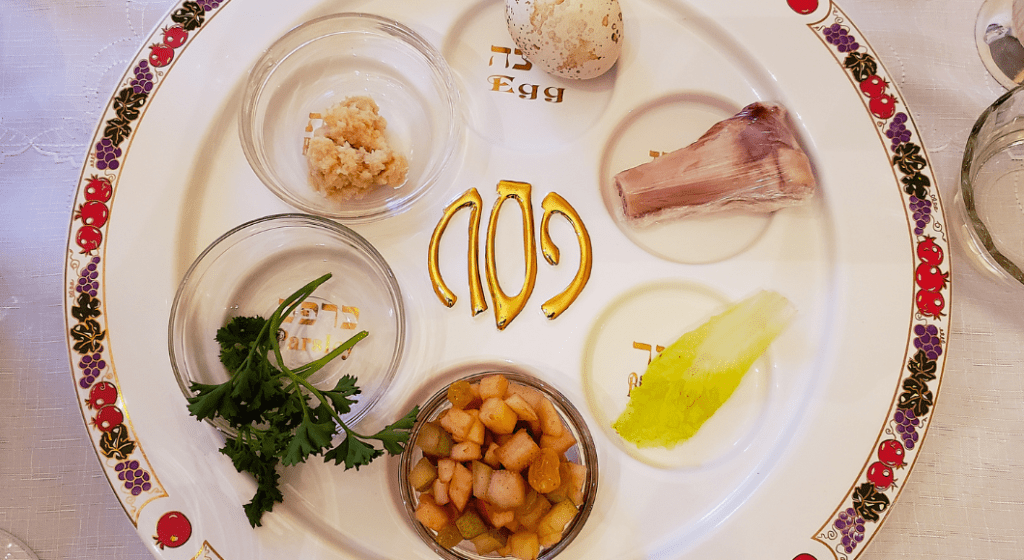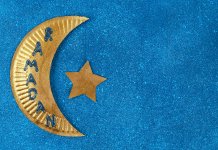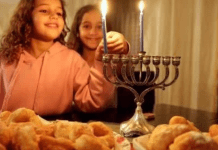 As a Jewish mom of two, I am always looking for ways to simplify the holidays. Passover is the holiday commemorating our miraculous exodus from Egyptian slavery. The first two nights are usually celebrated with a Seder, a special dinner and telling of the story of the exodus. This can be a long dinner, but over the years and with help from great Jewish resources, we have figured out ways to make it a bit shorter and more enjoyable for the whole family.
As a Jewish mom of two, I am always looking for ways to simplify the holidays. Passover is the holiday commemorating our miraculous exodus from Egyptian slavery. The first two nights are usually celebrated with a Seder, a special dinner and telling of the story of the exodus. This can be a long dinner, but over the years and with help from great Jewish resources, we have figured out ways to make it a bit shorter and more enjoyable for the whole family.
Here are resources to celebrate Passover with kids.
Matzah for Passover
During Passover week, we do not eat chametz, which is anything containing grain that has risen. Instead, we eat matzah, a flat cracker we eat on its own or add to foods to replace breads. We do this because when we were escaping slavery, we didn’t have enough time to let the bread rise.
>> RELATED READ :: Celebrating Purim :: Fun Activities for the Whole Family <<
I have figured out different ways to incorporate matzah into meals throughout the week. We like making matzah pizza, or covering it in chocolate for dessert. A staple I grew up with is matzah and eggs for breakfast, which my kids and husband have come to like. Here are some more recipes for Passover.
 Seder Dinner & The Haggadah
Seder Dinner & The Haggadah
The Seder dinner is the main event of Passover. During Seder, we tell the story of the exodus, drink wine or juice, enjoy matzah and special foods that go on the Seder plate, and sing Dayenu. My children love to singalong with this video, which teaches the meaning of Dayenu, Passover, and the four questions.
During Seder, we read from the Haggadah. The Haggadah instructs us when to drink the wine, eat certain foods that symbolize Passover, and what blessings to recite throughout the meal. PJ Library, one of my favorite Jewish organizations, created a shortened, interactive Haggadah that takes only 10 – 15 minutes, which is much shorter than an entire Seder that typically lasts for hours! Find it free to download here.
I also really love this Seder coloring page. It illustrates the order of the steps of the Seder, and the children can color it as we go.
Afikomen
The Haggadah is important as it goes through the steps of Seder, but it also lets you know when the children can hunt for the hidden matzah, or afikomen (uh-fee-kuh-muhn).
The afikomen is matzah wrapped in a towel or special bag and hidden for the children to find. It is a fun game for them to look forward to on Passover. You can make your own afikomen cover here.
Seder Plate
We have a special Seder plate for Passover. On this plate, there are foods that symbolize important parts of the Passover story: a green herb (normally parsley), roasted lamb shank bone, horseradish, charoset (a mixture of apples, nuts, and wine that represents the brick and mortar made by the Jews when they toiled for Pharaoh), bitter vegetable, roasted egg, and salt water. They all have a special meaning, which is explained more in the Haggadah.
>> RELATED READ :: How to Talk About the Holocaust with Kids <<
It takes time to tell the story of each item on the Seder plate, so using the shortened version of the Haggadah helps keep your child’s attention. I highly recommend utilizing the interactive version so kids can understand the symbols, then go back to playing or eating their dinner, while the adults enjoy the wine and recite blessings.
Four Questions
The other part of the dinner where the children are involved is asking the four questions. These questions help them understand why Passover is special. They go like this:
All four questions help answer one big question: Why is this night unlike all others?
On all other nights we eat either leavened or unleavened bread. On this night, why do we eat only unleavened matzah?
Answer: To remind us of the haste with which our ancestors left Egypt.
On all other nights we eat all kinds of herbs. On this night, why only bitter herbs?
Answer: To remind us of the bitterness of slavery.
On all other nights we do not dip our herbs even once. On this night, why do we dip them twice?
Answer: Some say to remind us of our coming and going from Egypt.
On all other nights we eat sometimes sitting and sometimes reclining. On this night, why do we all recline?
Answer: To remind us of how free people relax.
I love watching my children be involved in this part of Passover. It has helped them be more inquisitive about Passover and its traditions.
>> SIGN UP :: Get Fort Worth Moms News and Events in Your Inbox <<
Passover is a time to come together and celebrate, and learn more about our culture. There is a saying that my grandparents said to me and has been said for a long time in the Jewish tradition: “They tried to kill us, we survived, let’s eat!”
Passover might be long, but I hope you can enjoy it even more and get your children involved with some of these tips.
Here are more resources:














